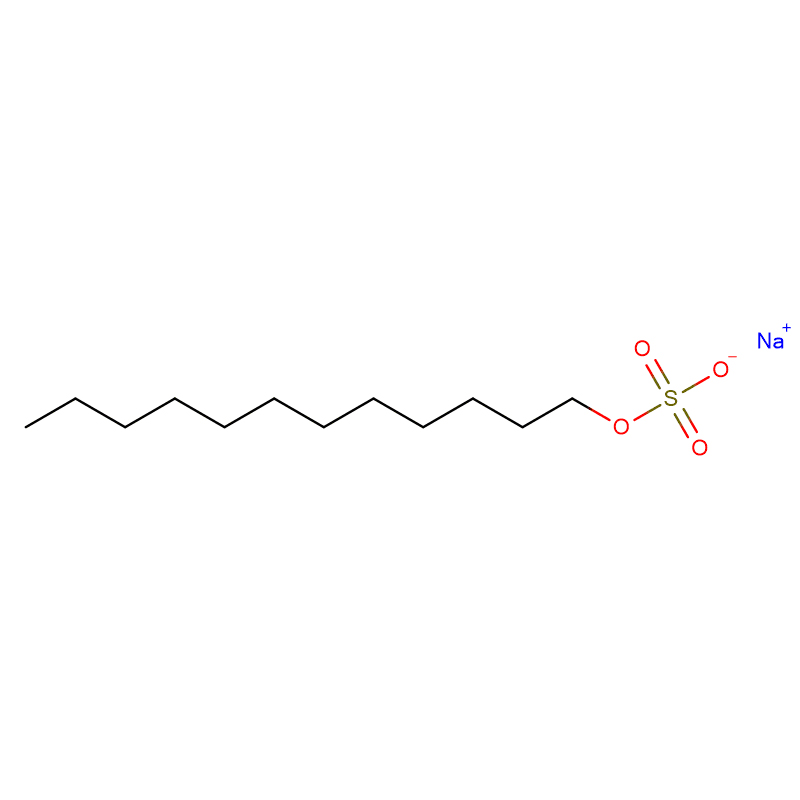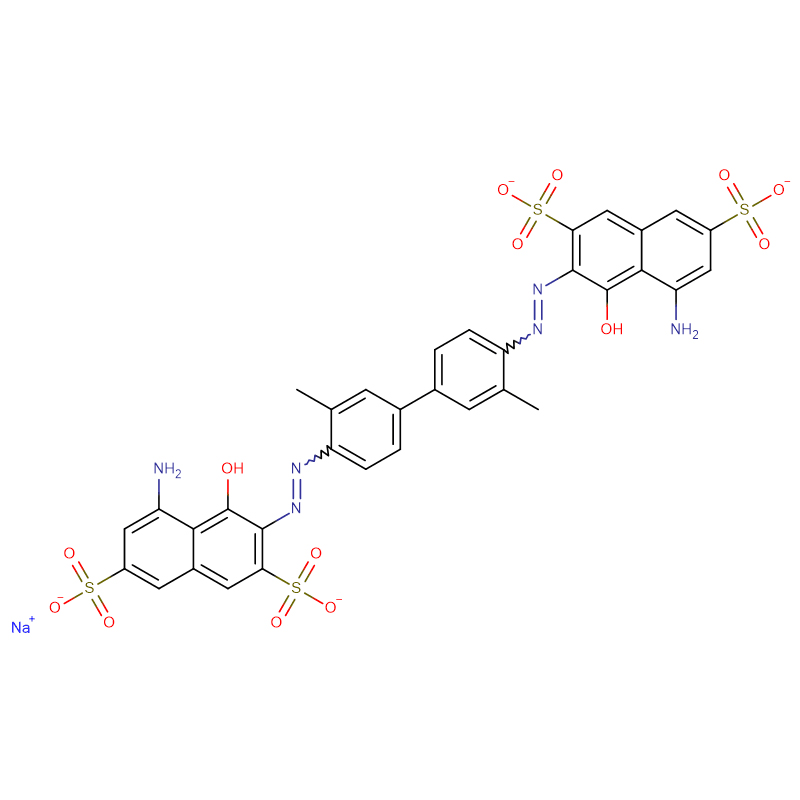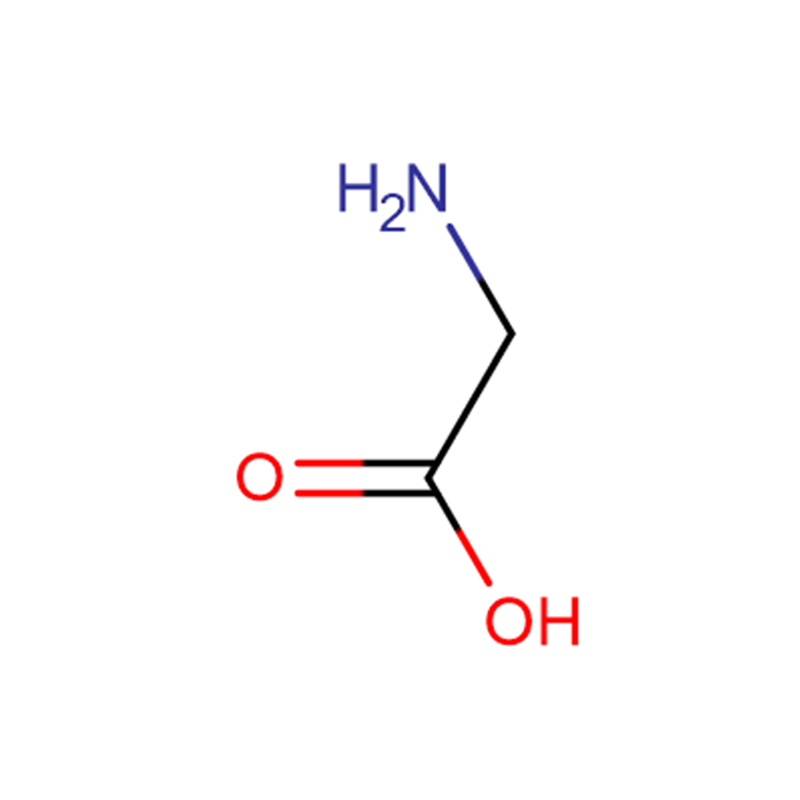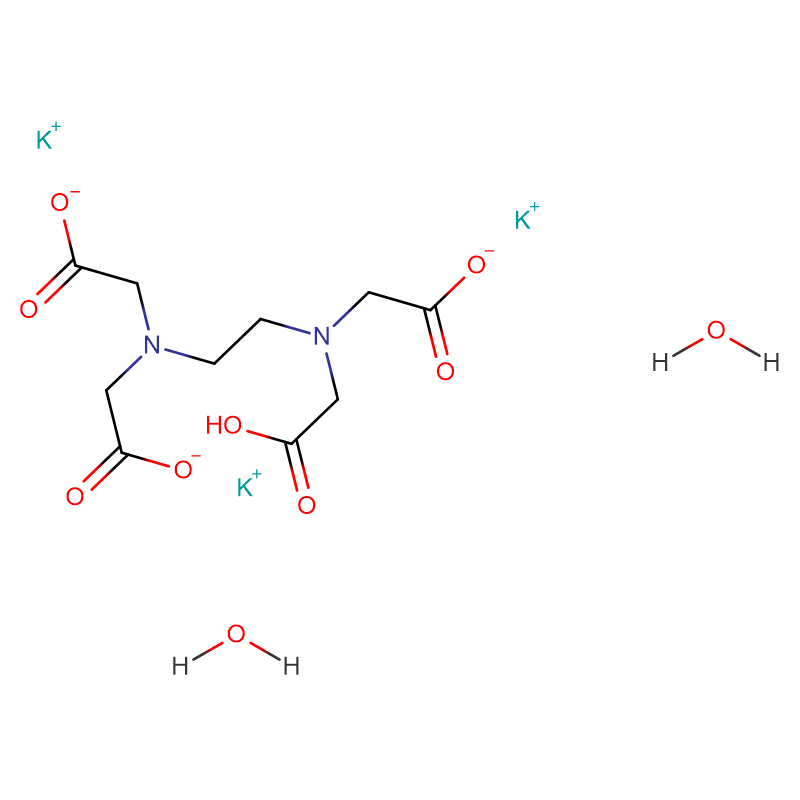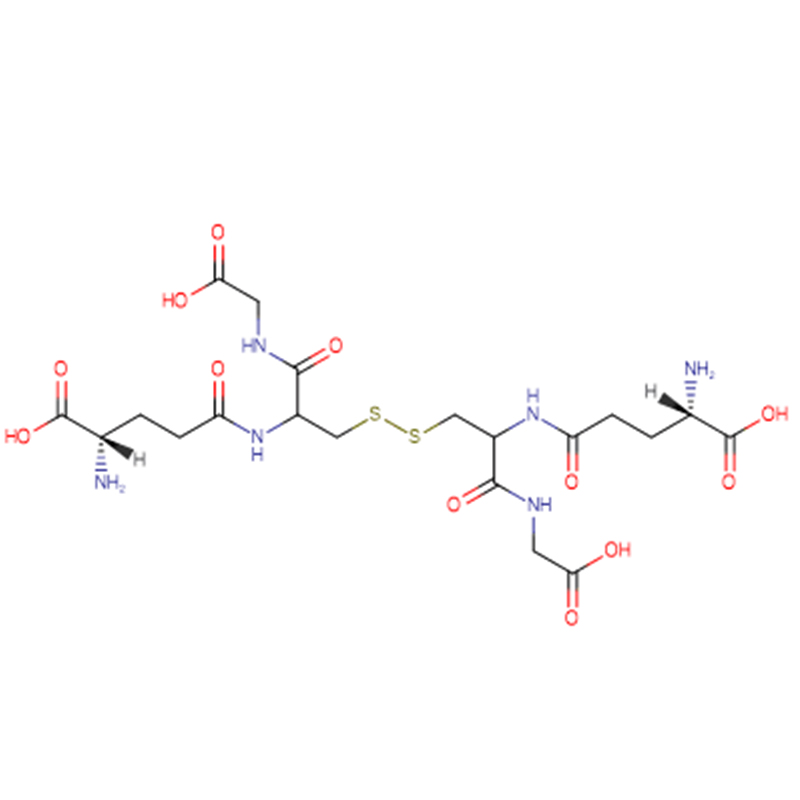N-(2-Acetamide)iminodiacetic acid Cas: 26239-55-4 99% White powder
| Catalog Number | XD90194 |
| Product Name | ADA (N-(-2-Acetamido)iminodiacetic acid) |
|
CAS |
26239-55-4 |
|
Molecular Formula |
C6H10N2O5 |
|
Molecular Weight |
190.15 |
| Storage Details | Ambient |
| Harmonized Tariff Code | 29241900 |
Product Specification
| Fe | <5ppm |
| Pb | <5ppm |
| Loss on Drying | <0.5% |
| Sulfated ash | <0.1% |
| Appearance | White powder |
| Other Solvents | None |
| Dissolution Time (9g in 91ml 1M NaOH, Magnetic Stirring) |
<1min |
| A300 ( 9% in 1 M NaOH) |
<0.08% |
| Number of endpoints Observed in the titration curve |
Two only |
| pH Range that Defines the Titration Second Endpoint |
9.1 - 10.1 |
| Solubility (9% in 1M NaOH) | Clear and Colourless |
| Manufacture date | |
| Water KF | <1% |
| Assay (Titration) on dried basis |
>99.0% |
| Infrared | Complies |
The nucleoside adenosine acts on the nervous and cardiovascular systems via the A2A receptor (A2AR). In response to oxygen level in tissues, adenosine plasma concentration is regulated in particular via its synthesis by CD73 and via its degradation by adenosine deaminase (ADA). The cell-surface endopeptidase CD26 controls the concentration of vasoactive and antioxidant peptides and hence regulates the oxygen supply to tissues and oxidative stress response. Although overexpression of adenosine, CD73, ADA, A2AR, and CD26 in response to hypoxia is well documented, the effects of hyperoxic and hyperbaric conditions on these elements deserve further consideration. Rats and a murine Chem-3 cell line that expresses A2AR were exposed to 0.21 bar O2, 0.79 bar N2 (terrestrial conditions; normoxia); 1 bar O2 (hyperoxia); 2 bar O2 (hyperbaric hyperoxia); 0.21 bar O2, 1.79 bar N2 (hyperbaria). Adenosine plasma concentration, CD73, ADA, A2AR expression, and CD26 activity were addressed in vivo, and cAMP production was addressed in cellulo. For in vivo conditions, 1) hyperoxia decreased adenosine plasma level and T cell surface CD26 activity, whereas it increased CD73 expression and ADA level; 2) hyperbaric hyperoxia tended to amplify the trend; and 3) hyperbaria alone lacked significant influence on these parameters. In the brain and in cellulo, 1) hyperoxia decreased A2AR expression; 2) hyperbaric hyperoxia amplified the trend; and 3) hyperbaria alone exhibited the strongest effect. We found a similar pattern regarding both A2AR mRNA synthesis in the brain and cAMP production in Chem-3 cells. Thus a high oxygen level tended to downregulate the adenosinergic pathway and CD26 activity. Hyperbaria alone affected only A2AR expression and cAMP production. We discuss how such mechanisms triggered by hyperoxygenation can limit, through vasoconstriction, the oxygen supply to tissues and the production of reactive oxygen species.



